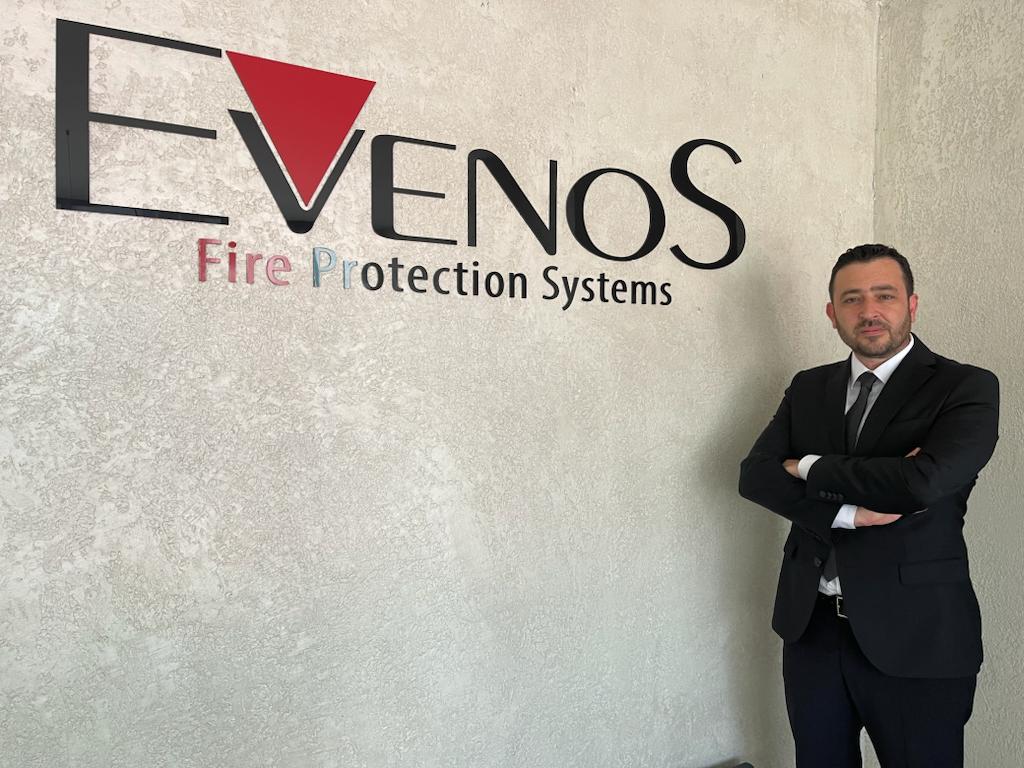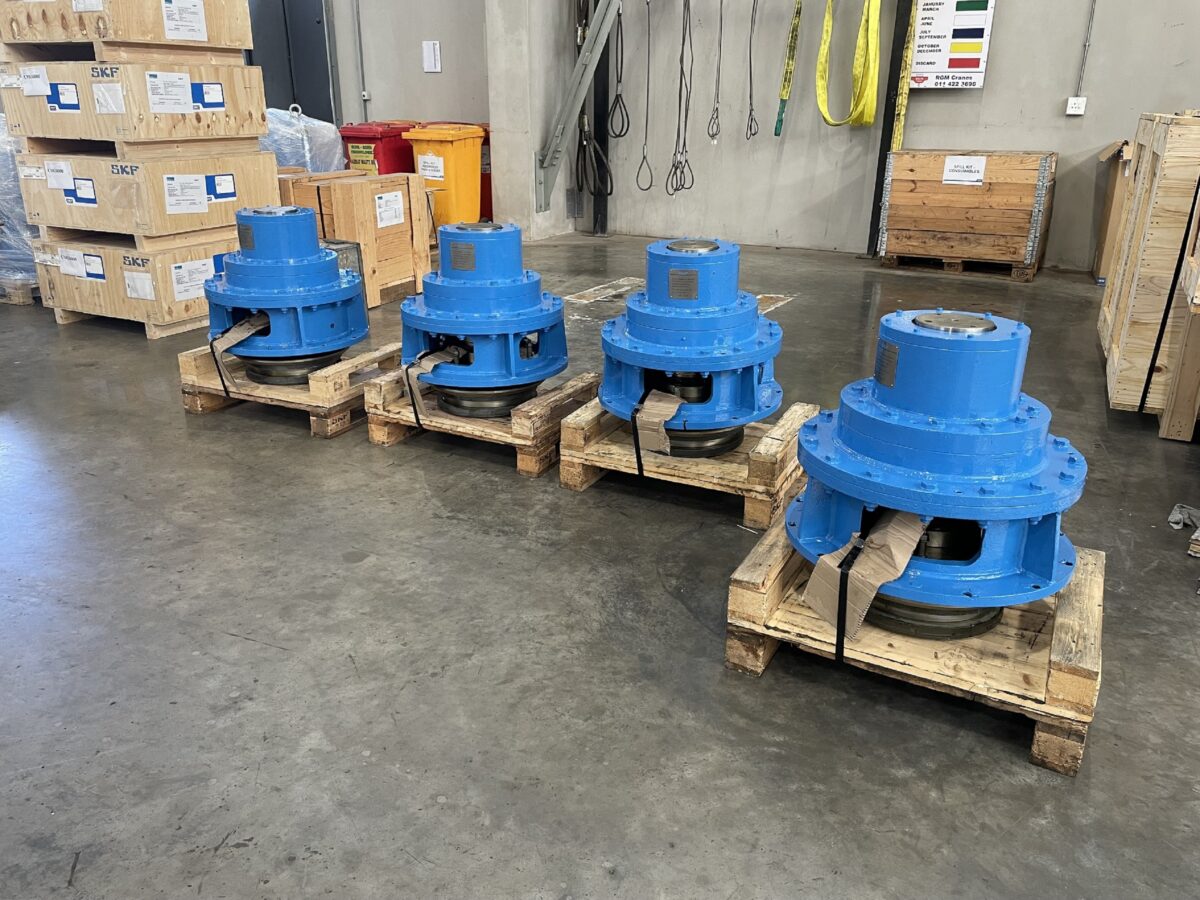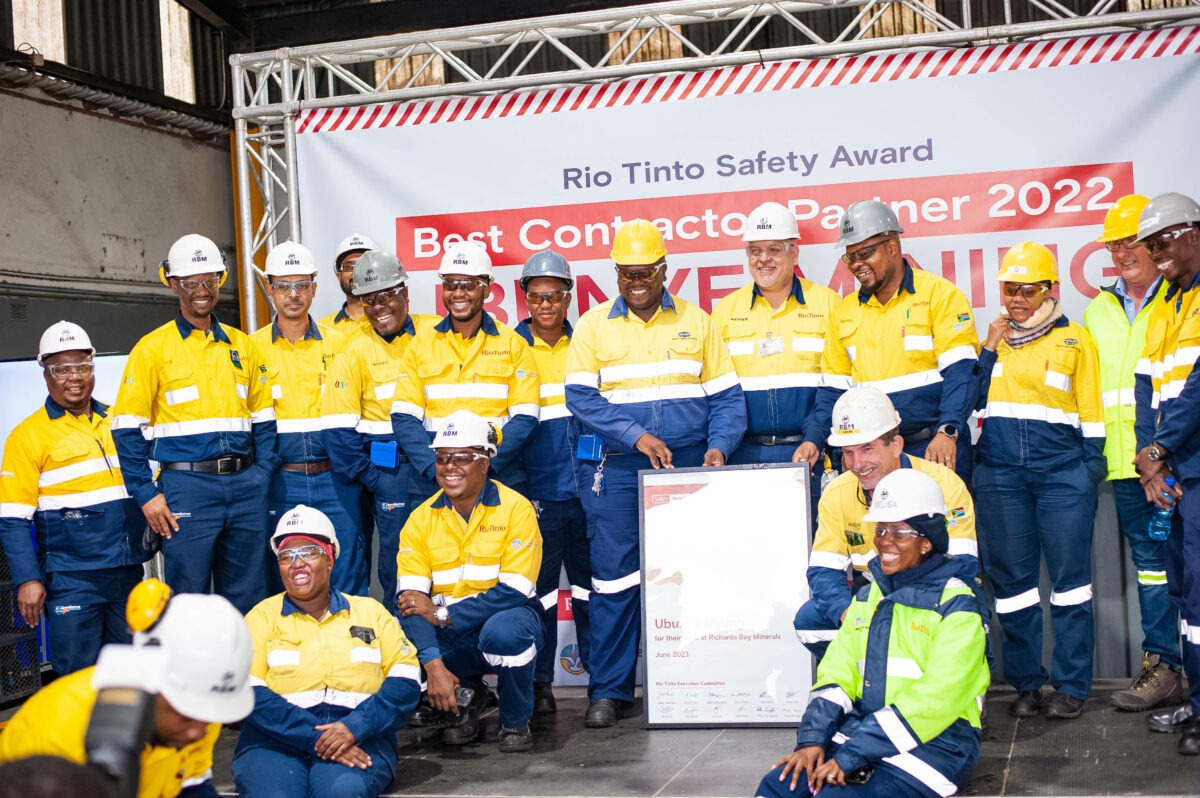Spaces where air transportation vehicles can be kept, such as aircraft and helicopter hangars, are places where the risk of fire is always at a high level. Automatic fire extinguishing systems must be installed in such aircraft and helicopter hangars due to both the financial value of the aircraft in these spaces and the high risk of fire due to the possible presence of jet fuel. The choice of automatic fire extinguishing systems type of aircraft hangars is decided according to many inputs and designs can be made accordingly. Today, although there are applications such as traditional water extinguishing systems and water mist extinguishing systems for the protection of hangars, the most frequently applied system is foam type extinguishing systems due to its ability to control and extinguish the fire and system effectiveness. In addition, these systems appear as the type of extinguishing systems with the most detailed standard created in this regard; This is a reason why systems are the most applied to structures of this type.
There are a number of standards that can be used as a basis for aircraft and helicopter hangar suppression systems. Some of these are European standards and some are American standards. The most detailed standard created on the subject is NFPA 409: Standard on Aircraft Hangars. Along with this standard, the “NFPA 11 Standard For Low-Medium-And High-Expansion Foam” standards to which the standard refers should also be taken into account while designing.
The NFPA 409 standard has grouped aircraft hangars into 4 classes according to their characteristics. This classification is Group I Hangars, Group II Hangars, Group III Hangars and Group IV Hangars, respectively, starting from the most dangerous group.
Group I Hangars refer to hangars with a hangar door height above 8.5 meters or with a single fire area above 3716 m² or with a capacity to accommodate aircraft with a tail height of more than 8.5 meters.
Group II Hangars refer to hangars with hangar door height less than 8.5 meters and whose construction type has the table specified in NFPA 409.
Group III Hangars; It refers to hangars whose hangar door height is below 8.5 meters and whose construction type does not exceed the values in the relevant table specified in NFPA 409.
Group IV Hangars, on the other hand, refer to membrane-enclosed hangars with steel construction.
The first input data to be used while designing are the properties of the hangars. In this direction, it is necessary to determine which type of hangars are and to carry out the design in this direction. NFPA 409 has determined different types of extinguishing types and design data according to hangar groups. Since the most dangerous hangar type is Group I Hangar, the highest level of protection parameters have been determined for this type of hangar. Although it varies according to hangar groups, systems such as high expansion type foam extinguishing systems, low expansion type foam extinguishing systems, closed head water extinguishing systems, manual systems can be designed alone or in combination with each other. It is defined in NFPA 409 which systems can be at a sufficient level of protection alone or which systems should be designed in combination with each other.
Another system that is at least as important as these systems, together with its design with extinguishing systems, is fire detection systems. The correct installation of detection systems that will enable the activation of the relevant raid and auxiliary extinguishing systems is also of vital importance for these hangars. In detector selection; Attention should be paid to the importance of early detection, the absence of erroneous and false perception. Some of the most frequently used detection detectors in aircraft and helicopter hangars are; flame detectors, air sampling detection systems and CCTV type detection systems detectors.
Automatic activation, a control station that will enable manual activation of related systems and be easy to access should be installed at the relevant point or points.
In addition to all these, for aircraft and helicopter hangars; In order to maximize the effectiveness of the extinguishing and detection capability of the applied system and to maximize the system performance, it is one of the most essential requirements to work with companies that are experts in their fields and to design the system by adheri





